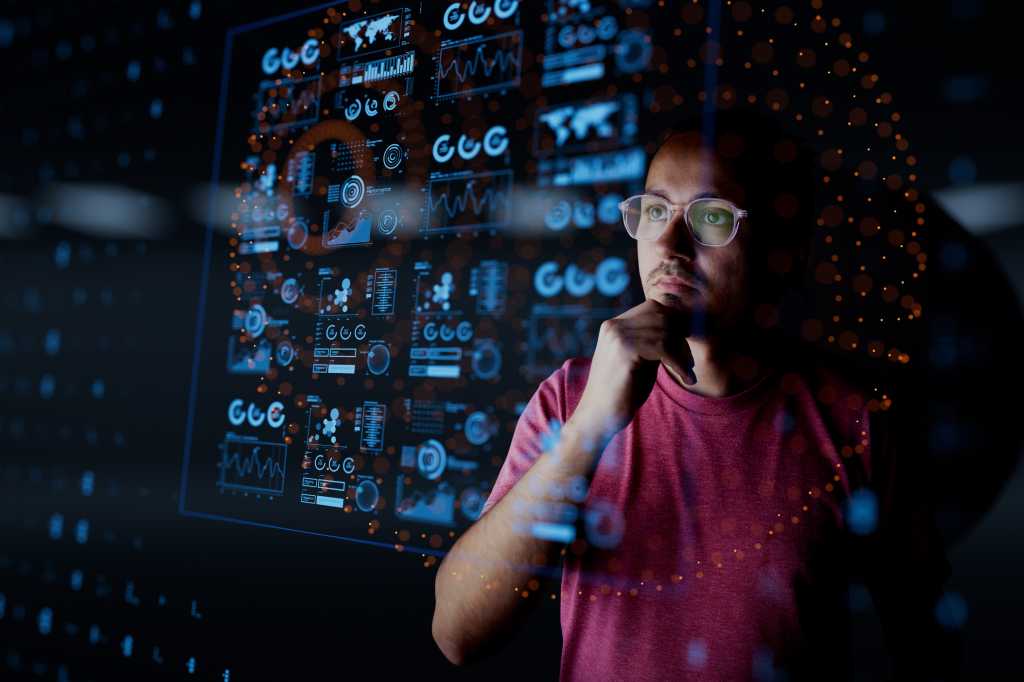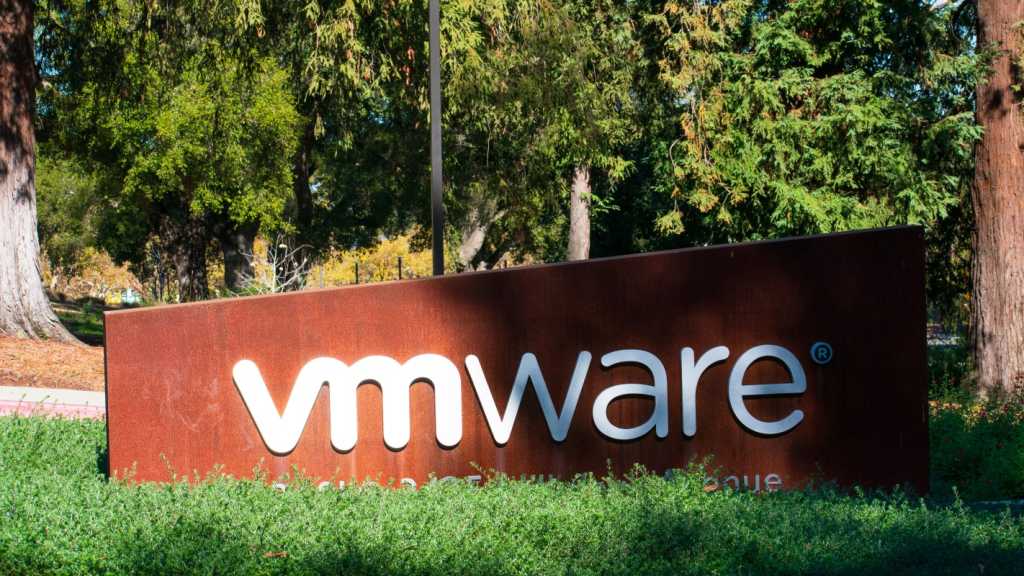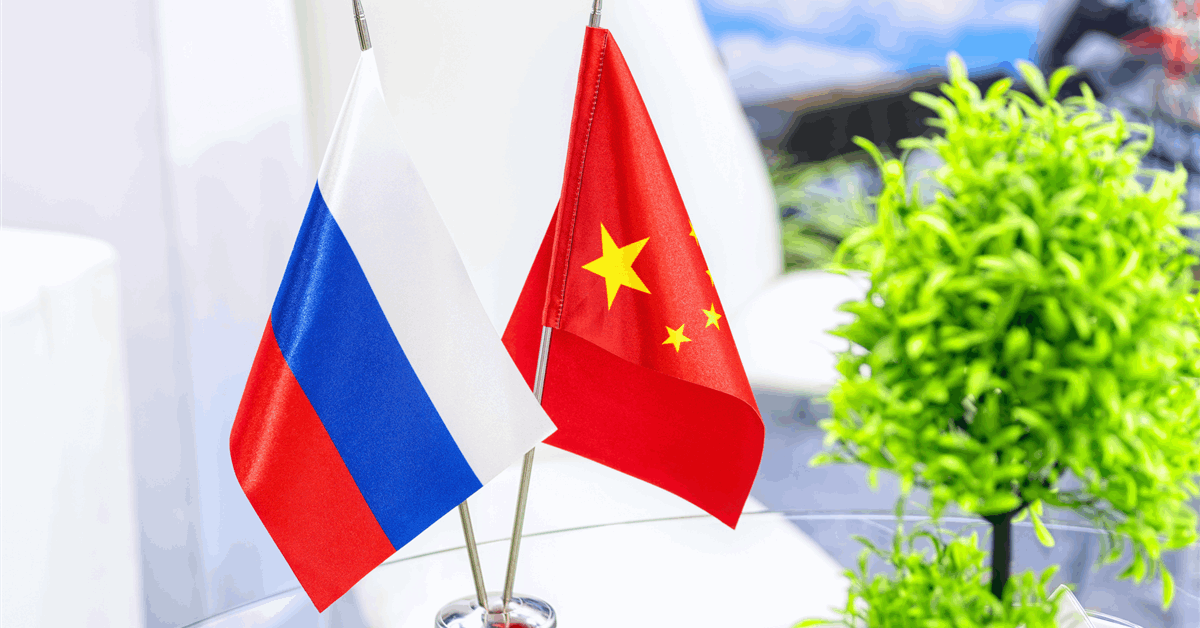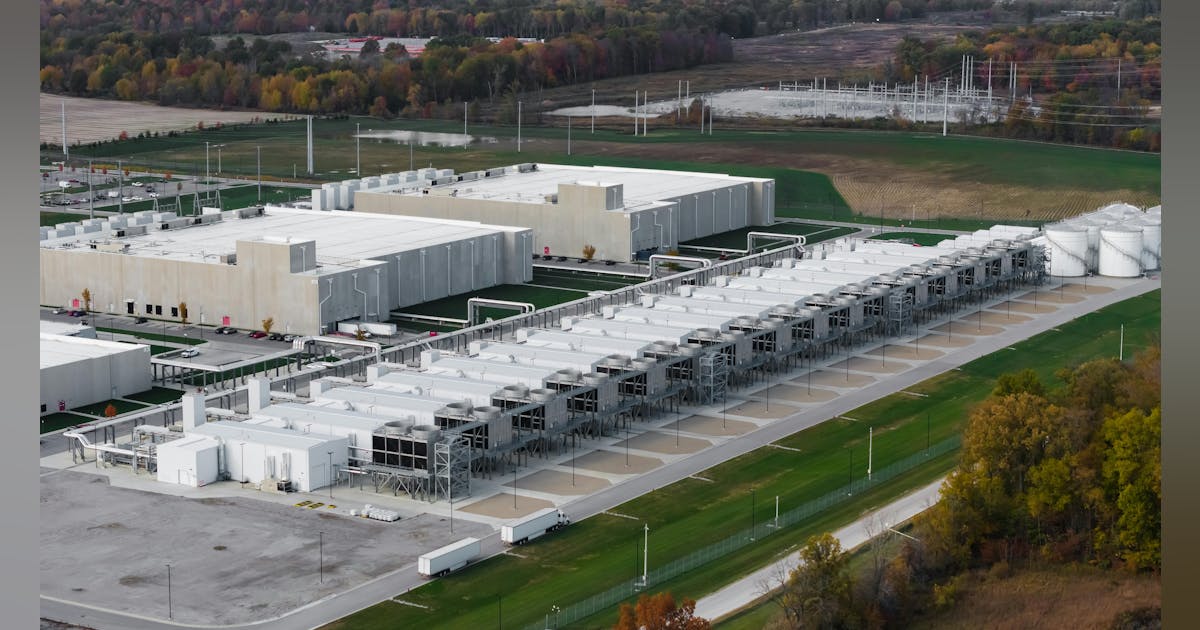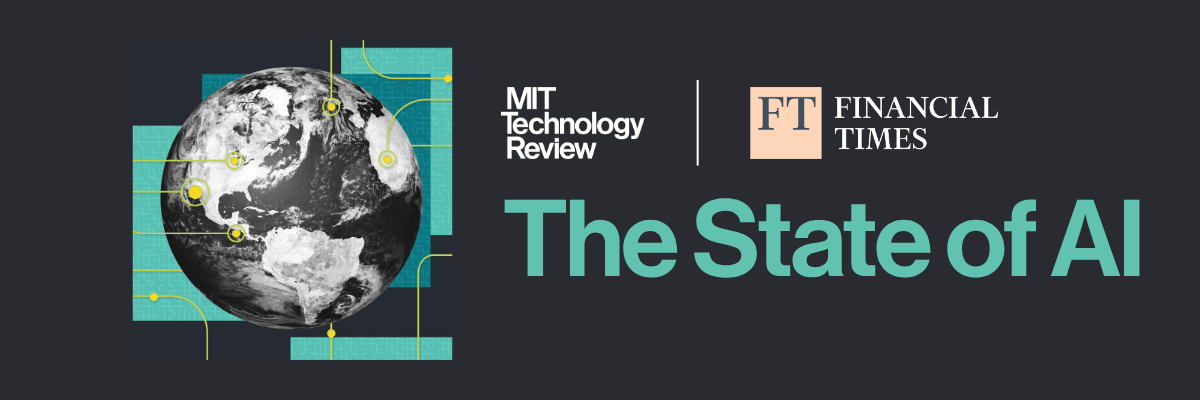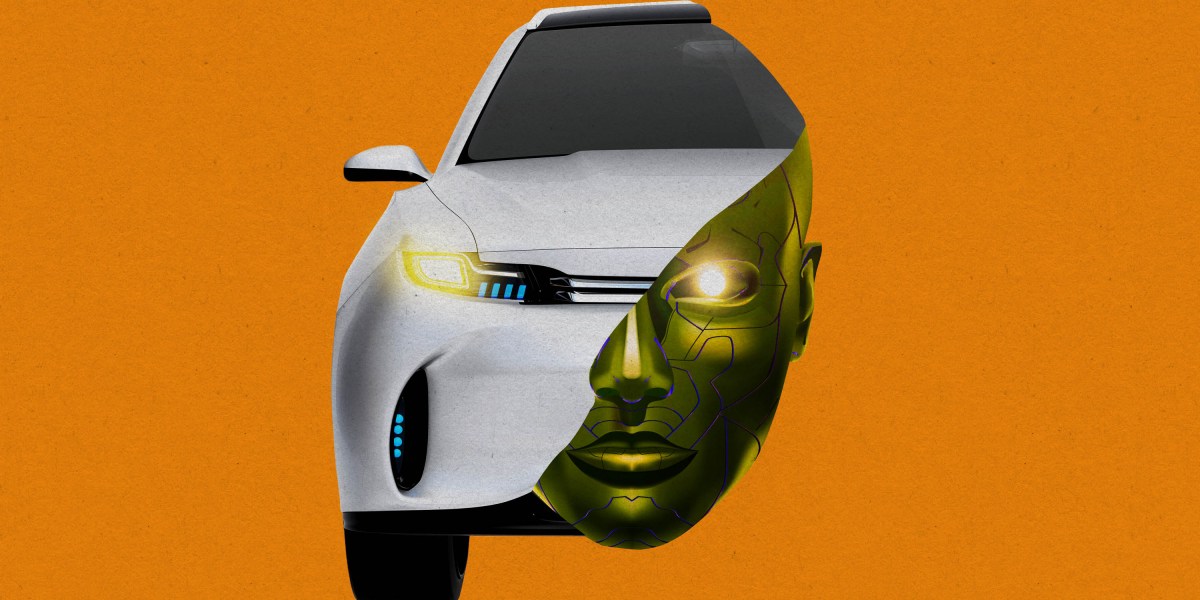
This story originally appeared in The Algorithm, our weekly newsletter on AI. To get stories like this in your inbox first, sign up here.
While DOGE’s efforts to shutter federal agencies dominate news from Washington, the Trump administration is also making more global moves. Many of these center on China. Tariffs on goods from the country went into effect last week. There’s also been a minor foreign relations furor since DeepSeek’s big debut a few weeks ago. China has already displayed its dominance in electric vehicles, robotaxis, and drones, and the launch of the new model seems to add AI to the list. This caused the US president as well as some lawmakers to push for new export controls on powerful chips, and three states have now banned the use of DeepSeek on government devices.
Now our intrepid China reporter, Caiwei Chen, has identified a new trend unfolding within China’s tech scene: Companies that were dominant in electric vehicles are betting big on translating that success into developing humanoid robots. I spoke with her about what she found out and what it might mean for Trump’s policies and the rest of the globe.
James: Before we talk about robots, let’s talk about DeepSeek. The frenzy for the AI model peaked a couple of weeks ago. What are you hearing from other Chinese AI companies? How are they reacting?
Caiwei: I think other Chinese AI companies are scrambling to figure out why they haven’t built a model as strong as DeepSeek’s, despite having access to as much funding and resources. DeepSeek’s success has sparked self-reflection on management styles and renewed confidence in China’s engineering talent. There’s also strong enthusiasm for building various applications on top of DeepSeek’s models.
Your story looks at electric-vehicle makers in China that are starting to work on humanoid robots, but I want to ask about a crazy stat. In China, 53% of vehicles sold are either electric or hybrid, compared with 8% in the US. What explains that?
Price is a huge factor—there are countless EV brands competing at different price points, making them both affordable and high-quality. Government incentives also play a big role. In Beijing, for example, trading in an old car for an EV gets you 10,000 RMB (about $1,500), and that subsidy was recently doubled. Plus, finding public charging and battery-swapping infrastructure is much less of a hassle than in the US.
You open your story noting that China’s recent New Year Gala, watched by billions of people, featured a cast of humanoid robots, dancing and twirling handkerchiefs. We’ve covered how sometimes humanoid videos can be misleading. What did you think?
I would say I was relatively impressed—the robots showed good agility and synchronization with the music, though their movements were simpler than human dancers’. The one trick that is supposed to impress the most is the part where they twirl the handkerchief with one finger, toss it into the air, and then catch it perfectly. This is the signature of the Yangko dance, and having performed it once as a child, I can attest to how difficult the trick is even for a human! There was some skepticism on the Chinese internet about how this was achieved and whether they used additional reinforcement like a magnet or a string to secure the handkerchief, and after watching the clip too many times, I tend to agree.
President Trump has already imposed tariffs on China and is planning even more. What could the implications be for China’s humanoid sector?
Unitree’s H1 and G1 models are already available for purchase and were showcased at CES this year. Large-scale US deployment isn’t happening yet, but China’s lower production costs make these robots highly competitive. Given that 65% of the humanoid supply chain is in China, I wouldn’t be surprised if robotics becomes the next target in the US-China tech war.
In the US, humanoid robots are getting lots of investment, but there are plenty of skeptics who say they’re too clunky, finicky, and expensive to serve much use in factory settings. Are attitudes different in China?
Skepticism exists in China too, but I think there’s more confidence in deployment, especially in factories. With an aging population and a labor shortage on the horizon, there’s also growing interest in medical and caregiving applications for humanoid robots.
DeepSeek revived the conversation about chips and the way the US seeks to control where the best chips end up. How do the chip wars affect humanoid-robot development in China?
Training humanoid robots currently doesn’t demand as much computing power as training large language models, since there isn’t enough physical movement data to feed into models at scale. But as robots improve, they’ll need high-performance chips, and US sanctions will be a limiting factor. Chinese chipmakers are trying to catch up, but it’s a challenge.
For more, read Caiwei’s story on this humanoid pivot, as well as her look at the Chinese startups worth watching beyond DeepSeek.
Deeper Learning
Motor neuron diseases took their voices. AI is bringing them back.
In motor neuron diseases, the neurons responsible for sending signals to the body’s muscles, including those used for speaking, are progressively destroyed. It robs people of their voices. But some, including a man in Miami named Jules Rodriguez, are now getting them back: An AI model learned to clone Rodriguez’s voice from recordings.
Why it matters: ElevenLabs, the company that created the voice clone, can do a lot with just 30 minutes of recordings. That’s a huge improvement over AI voice clones from just a few years ago, and it can really boost the day-to-day lives of the people who’ve used the technology. “This is genuinely AI for good,” says Richard Cave, a speech and language therapist at the Motor Neuron Disease Association in the UK. Read more from Jessica Hamzelou.
Bits and Bytes
A “true crime” documentary series has millions of views, but the murders are all AI-generated
A look inside the strange mind of someone who created a series of fake true-crime docs using AI, and the reactions of the many people who thought they were real. (404 Media)
The AI relationship revolution is already here
People are having all sorts of relationships with AI models, and these relationships run the gamut: weird, therapeutic, unhealthy, sexual, comforting, dangerous, useful. We’re living through the complexities of this in real time. Hear from some of the many people who are happy in their varied AI relationships and learn what sucked them in. (MIT Technology Review)
Robots are bringing new life to extinct species
A creature called Orobates pabsti waddled the planet 280 million years ago, but as with many prehistoric animals, scientists have not been able to use fossils to figure out exactly how it moved. So they’ve started building robots to help. (MIT Technology Review)
Lessons from the AI Action Summit in Paris
Last week, politicians and AI leaders from around the globe went to Paris for an AI Action Summit. While concerns about AI safety have dominated the event in years past, this year was more about deregulation and energy, a trend we’ve seen elsewhere. (The Guardian)
OpenAI ditches its diversity commitment and adds a statement about “intellectual freedom”
Following the lead of other tech companies since the beginning of President Trump’s administration, OpenAI has removed a statement on diversity from its website. It has also updated its model spec—the document outlining the standards of its models—to say that “OpenAI believes in intellectual freedom, which includes the freedom to have, hear, and discuss ideas.” (Insider and Tech Crunch)
The Musk-OpenAI battle has been heating up
Part of OpenAI is structured as a nonprofit, a legacy of its early commitments to make sure its technologies benefit all. Its recent attempts to restructure that nonprofit have triggered a lawsuit from Elon Musk, who alleges that the move would violate the legal and ethical principles of its nonprofit origins. Last week, Musk offered to buy OpenAI for $97.4 billion, in a bid that few people took seriously. Sam Altman dismissed it out of hand. Musk now says he will retract that bid if OpenAI stops its conversion of the nonprofit portion of the company. (Wall Street Journal)

